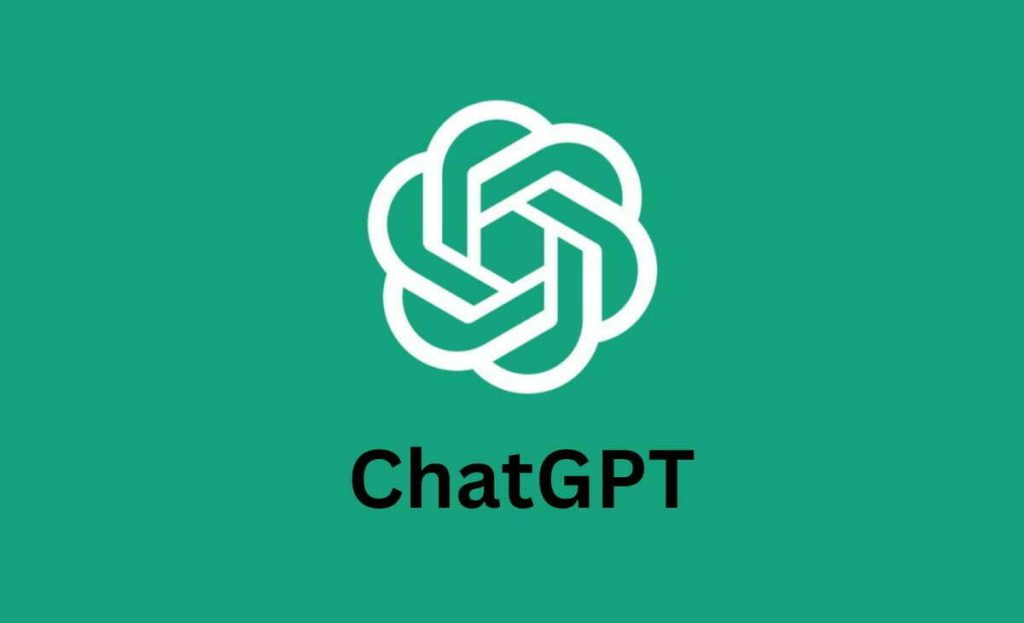Users of OpenAI’s ChatGPT are currently facing substantial disruptions impacting their experience on a global scale. The outage, which began Tuesday morning and peaked around 8:45 AM CEST, has resulted in increased error rates and delays, preventing many users from accessing ChatGPT or receiving timely responses. While the precise cause of this situation remains uncertain, reports indicate that both the web and mobile versions of ChatGPT are affected, as well as the company’s other services, such as the video generator Sora and various API functionalities. As organizations have increasingly integrated AI solutions like ChatGPT into their daily operations, such outages can present significant risks and challenges.
For businesses relying on automation and AI for productivity, it is crucial to understand common issues that can arise during integration. Errors can range from minor inconveniences to significant operational disruptions. Common problems include system overloads, API rate limits, and integration issues with existing software. These problems can cause projects to stall, affect customer service responsiveness, and ultimately harm a company’s reputation.
First, let’s address the issue of rate limits. APIs, including those from AI service providers, have predefined usage limits to maintain quality and performance. When these limits are exceeded, users may encounter error messages indicating that they have hit their maximum API call threshold. To troubleshoot this, businesses should monitor usage patterns closely and implement strategies to balance the load, such as distributing requests over time or batching calls when possible. Setting alerts for usage spikes can also provide a proactive approach to avoid hitting these limits.
Next, integration issues often arise when implementing AI tools within existing systems. These may involve incorrect API keys, URL discrepancies, or misalignment between the AI’s capabilities and the software’s integration requirements. A step-by-step resolution process begins with verifying the API credentials—ensuring that they are correctly configured and active. Next, reviewing the integration documentation provided by the AI service can highlight any requirements or specifications that may have been overlooked. Engaging technical resources, such as developers familiar with both the AI tool and the organization’s infrastructure, can expedite the resolution of integration challenges.
Another common area for failure is in automation setups, particularly for those relying on complex workflows. These workflows can fail due to unforeseen input variations or unexpected data types, leading to errors that halt processes unexpectedly. When encountering automation errors, the first action should be to conduct a thorough review of recent changes within the workflow. Rollback options could be useful in reverting back to the last stable configuration. Additionally, testing each component of the workflow in isolation can help identify the source of the error.
As issues persist, it’s advisable for organizations to develop a contingency plan that includes alternative procedures when AI tools are unavailable. Documenting these procedures ensures that teams remain productive, even in the face of technical difficulties. It also underscores the need for a structured response strategy, allowing teams to cope effectively with AI outages and minimize disruption.
The implications of prolonged outages or frequent errors can impact ROI significantly. When operations stall, potential revenue loss can form, customer satisfaction may plummet, and internal morale can take a hit. To mitigate these risks, quick identification and resolution of issues is paramount. Therefore, investing in training for staff members involved in managing AI integrations can yield long-term returns by cultivating an environment where problems are resolved swiftly and conflicts are minimized.
In light of the current outage experienced by ChatGPT users, it underscores not only the importance of understanding potential points of failure but also the significance of maintaining clear communication channels both internally and externally. Monitoring official updates from OpenAI, such as those on their status page, allows organizations to stay informed and prepared for when services resume. A structured incident response plan is equally vital in managing stakeholder expectations and ensuring continuity.
As the world continues to embrace AI solutions for operational efficiency, the lessons learned from outages compel businesses to prioritize robust troubleshooting frameworks and proactive strategies. This focus enhances not only system resilience but also augments overall business agility.
FlowMind AI Insight: Navigating the complexities of AI errors entails a dedicated approach to understanding common pitfalls and implementing robust strategies for troubleshooting. Commitments to training, documentation, and strategic planning will ultimately lead to more resilient operations capable of thriving even amid unexpected disruptions.
Original article: Read here
2025-06-10 07:00:00

